(ESP.ENG) "Morena, la Besadora" - "Brunette the Kisser"
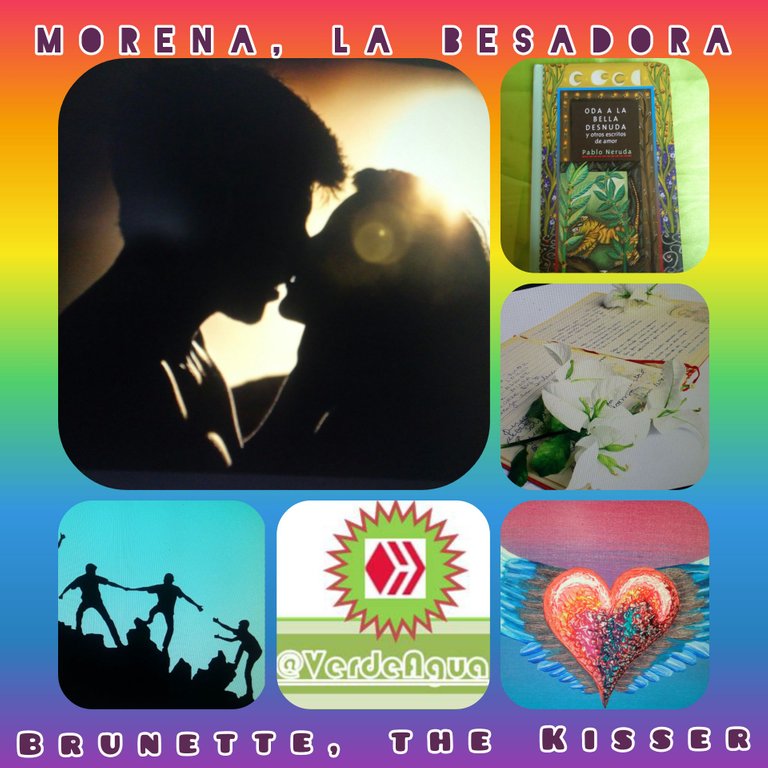
¡Feliz día, tarde o noche para todos en Vive! Hoy,@VerdeAgua prosigue con el amor hacia los versos del poemario “Oda a la bella desnuda” de Pablo Neruda, esta vez, con el poema: “MORENA, LA BESADORA” Tomando en cuenta, la juventud del poeta al escribirlo y desde la visión de una amante de los poemas que siempre está aprendiendo y retroalimentándose, junto a ustedes.


Hoy sigo deleitándome en el ciclo de Neruda, y como éste poeta desde su juventud logró escribir poemas que se entrelazan con sus vivencias y entorno, comienzos nada fáciles que le permitieron aprender el saber, desde lo humano para plasmarlo y enriquecerlo en sus obras.
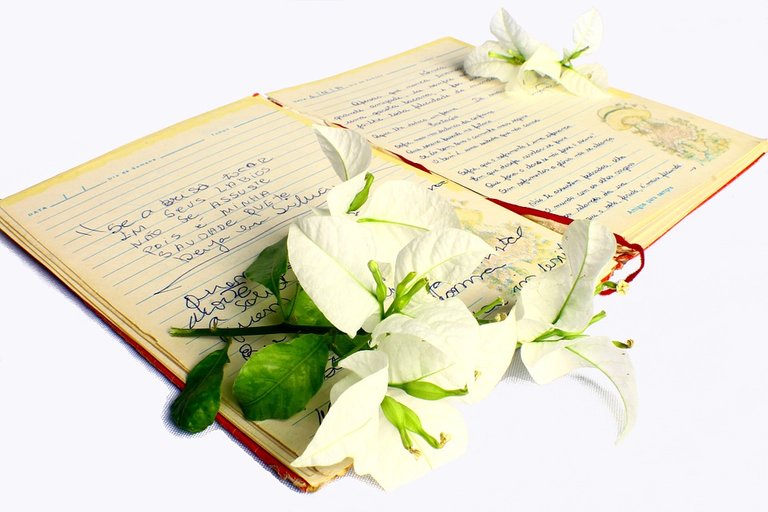
Igualmente coincido con otros que han estudiados sus poemas, al mencionar que estos eran autobiográficos, en especial, porque se vinculaban con cada poesía que desarrollaba. Inquebrantable realidad, el aprender desde nuestro propio ser, ¡lo cual entiendo, bien! Debido a mi propia vida, ya que ésta gira hacia los vínculos familiares; los cuales, enlazo con mi amor hacia el prójimo y lo expreso a través de los poemas, cuando cocino, escribo, estudio, trabajo, converso, indago… en fin, un crear, recrear y volar para compartir con cada uno de ustedes, parte de mi propia esencia.
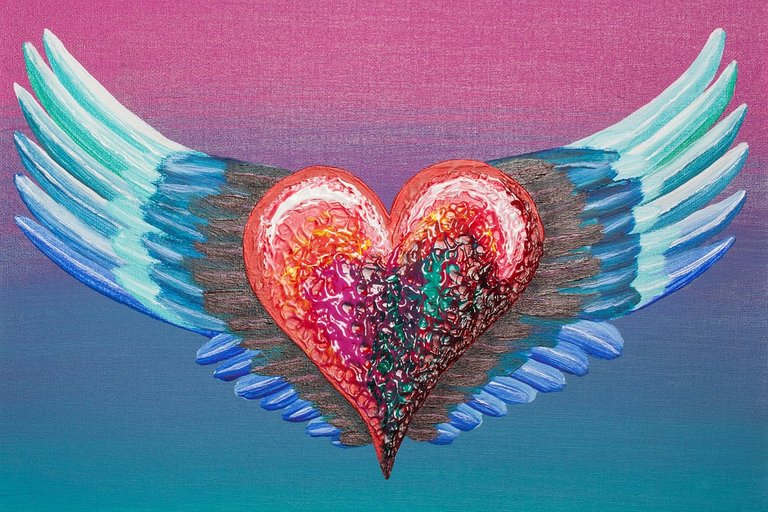
En este investigar sobre Neruda, conseguí una obra sobre “Los modos…” de Hernán Loyola (1964) a través de un ensayo; sin embargo, debo clarificar que no comparto el pensamiento comunista y abordaje político, que en su juventud manejaron tanto él como Neruda, en su momento. Sobre todo, por las realidades que suceden actualmente en nuestro continente Americano.
Eso sí respeto a los que creen en las ideas comunista, y también a los que tienen pensamiento de derecha, pero requiero señalar que los extremos ¡No son para nada buenos! siendo esto palpable a través de la historia del hombre y que han ocasionado violencia, miserias, retrasos y abusos variados que hoy día están en los archivos de nuestros pueblos.

Hilando las idea les diré que la obra antes mencionada, en su página 13 del novelista Loyola (ver referencias al final) establece el estado anímico del poeta, en cuanto a sus otros poemas y al referido en este post, y que desde mí interpretar considero que lo plasma de forma excelente. Se puede apreciar la desilusión del joven y describe quién sería después Neruda, mencionando esa sensación del fracaso y frustración del joven autor del poema, al suponer que su influencia a través de los poemas y cantos, lograría transformar las realidades sociales en su país.
Lo que me lleva a pensar en mi propia juventud, de ayer y también en la actual. ¡Viva la alegría de la juventud! Les comento que esa constante está en mi vivir, y en el querer desarrollarme cada vez más, hecho que me confronta con mis propias realidades y sentimientos; economía, pandemia, estrés, tristeza... que a veces es ¡frustrante!, me refiero al luchar y no ver los frutos del trabajo, así como el sentirse no valorado, e inclusive ignorado (lo cual, también sintió éste joven poeta). Sin embrago, me miro en retrospectiva y logro verme caminar con pasos firme que se acentúa en mi ser, al progresar en el quehacer diario, así como el fortalecerme desde un constante aprender de mi propios errores de vida, y contar con el apoyo de otros para éste marchar nuevo de crear y recrear lo que aprendo.

A través del amor en perseverancia y revisión para volver a empezar con más fuerza, este desaprender y aprender que significa, avanzar de vida , lo sé porque he sido probada en distinta áreas de fuego con el pasar de los años -¿por qué?- el éxito para mí se traslada en superar las circunstancias y convertirlas en tu aliada con Fe, amor y trabajo. ¡Fácil? quizás no lo sea, pero me gusta lo que hago; aunque entendiendo que la constancia y disciplina forman parte del ser que hay en mí, reconozco que necesito seguir mejorando para ese ganar-ganar lo que contribuye para renovar lo que hago en esta comunidad, ya no con la ilusión de la adolescencia pero sí con el madurar de saber quién soy, y lo que quiero en mi vida.

Sí Juventud que se renueva y acrecienta, por eso, escogí este poema: “Morena, la Besadora” ya que forma parte de la creación juvenil de los primeros poemas del poeta Pablo Neruda en su obra Crespusculario del año 1920-1923. Sin embargo, debo mencionar que su primera publicación fue un artículo en 1917 y por supuesto, además está en el poemario “Oda a la bella desnuda”. En este momento no tengo el conocimiento, si éste poema aparece en otras de sus obras, ¡si alguien sabe!, le agradecería me enviara o facilitara la información.
Del mismo modo, me encontré con distintos escritos del profesor Ángel Luis Luján Atienza, quien desde su pluma me arrojo luces sobre el tipo de poesía nerudiana, en cuanto a sus inicios y renovación del mismo poeta, dentro de sus obra literarias. Por supuesto, si desean saber más sobre Neruda, métrica, verso libre, postmodernismo les invito a ver la publicación del Profesor Ángel Lujan en éste link:

Siguiendo con la temáticas compartidas de los poemas en el ciclo de: “Oda a la bella desnuda. Diré que este poema está compuesto por de 11 versos con estructura de tres por cada verso de manera impar, menos en el décimo y onceavo verso, siendo estos últimos para mí su expresar de rebeldía por la restricción a la sensualidad y erotismo que veríamos en el futuro para sus obras futuras (ya se ha ido analizando en los poemas anteriores). A continuación el poema:

Cabellera rubia, suelta,
corriendo como un estero,
cabellera.
Uñas duras y doradas,
flores curvas y sensuales,
uñas duras y doradas.
Comba del vientre, escondida,
y abierta como una fruta
o una herida.
Dulce rodilla desnuda
apretada en mis rodillas,
dulce rodilla desnuda.
Enredadera del pelo
entre la oferta redonda
de los senos.
Huella que dura en el lecho,
huella dormida en el alma,
palabras locas.
Perdidas palabras locas:
rematarán mis canciones,
se morirán nuestras bocas.
Morena, la Besadora,
rosal de todas las rosas
en una hora.
Besadora dulce y rubia,
me iré,
te irás, Besadora.
Pero aún tengo la aurora
enredada en cada sien.
Bésame, por eso, ahora,
bésame, Besadora,
ahora y en la hora
de nuestra muerte.
Amén


En el analizar sencillo del poema indicaré que las estrofas; primera, segunda y tercera de nuestro sujeto lírico está en actitud contemplativa de la belleza juvenil (cabello, uñas y cuerpo) pero con fijación clara en el curvas y sensualidad del cuerpo. De la misma manera debo decir que la comparación y metáforas está en las palabras: “corriendo como esteros, flores, uñas, combas del vientre, y frutas" se vislumbra para el progreso de su sello futuro en la naturaleza con los elementos visuales, recursos y figuras literarias.
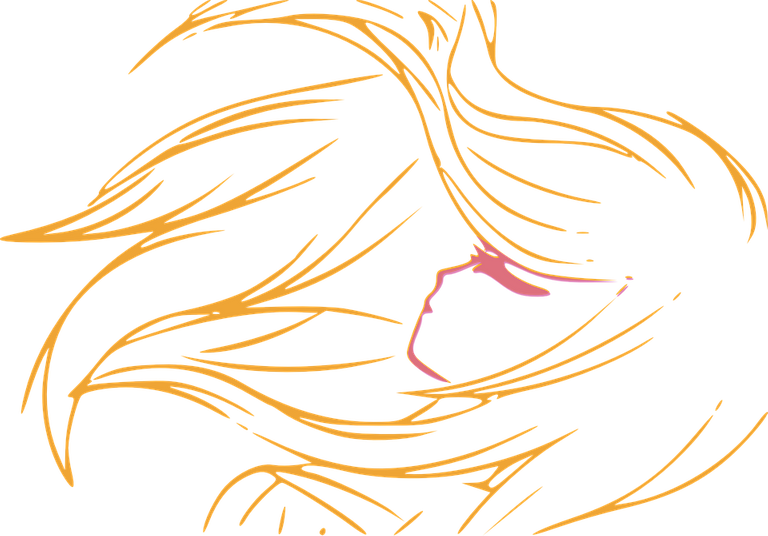


Con todo, la fuerza del poema es su manifestación de erotismo juvenil, el cual, se puede apreciar en las cuarta y quinta estrofas cuando dice: “Dulce rodilla desnuda” haciendo referencia al roce de las suyas con las de ella; es decir, el roce de la piel a través de su propia piel, tenemos aquí el elemento visual y el de sensaciones que expresa el joven poeta. Y luego en la quinta estrofa vuelve a la contemplación del “cabello” pero como enredadera que le invita apreciar la "redondez de los senos", lo que considera una oferta para satisfacer sus deseos por ella, aunque sea por breve tiempo.



En cuanto a la sexta, séptima octava y novena estrofas, se puede apreciar las huellas que quedan en él y las palabras expresadas en pérdida, al decir que sólo en sus canciones estará los anhelo de besos y que finalizan, aún antes de tocarse con sus boca, de allí la palabra que usa “rematarán mis canciones” y luego termina con la palabra muerte al decir “se morirán nuestras bocas. Reafirmándolo en la estrofa que le sigue al indicar: “Morena, la Besadora” y su comparación con las rosas. Recurriendo a la naturaleza, esta vez para indicar lo corto o fugaz del tiempo.

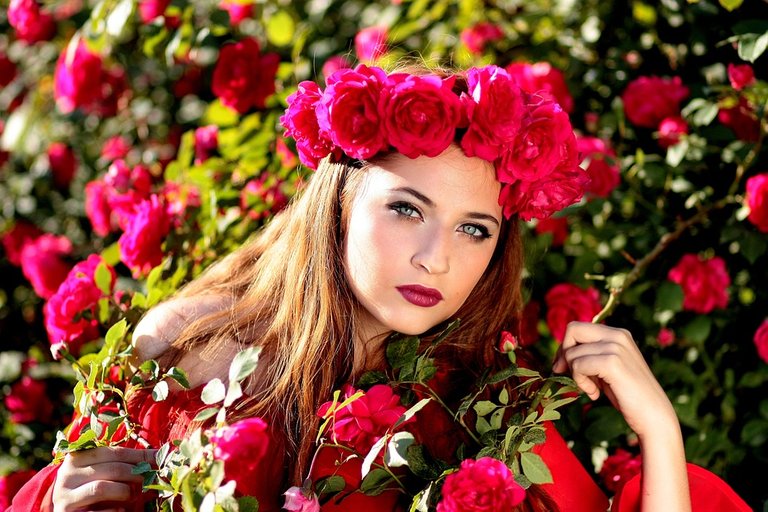

La secuencia del sujeto lírico continua hasta llegar a la última estrofa, no sin antes mencionar que en la estrofa decima él sigue con sus deseos, por ello en la onceava estrofa rompe de manera fuerte el poema. lo apreciamos cuando dice : “besame, besadora” sabiendo que finalizará y no serán satisfechos sus deseos, pero me llama la atención, lo fuerte con lo que finaliza el verso; con frustración, rabia y de forma irregular atropellada. Es decir, al apuntar través de la palabra “muerte” pone el fin del poema, y con la palabra “amén” para reafirmar lo ocurrido en esta última estrofa.

Gracias, por acompañarme y espero hayan disfrutado de esta evocación del amor de juventud, a través del poema: “Morena, la Besadora” donde finalizo trayendo a mi memoria mis sueños de juventud y la continuidad de ellos todavía hoy en mi vida, pero con la madurez que conlleva el crecer. Recordemos que Vivir es aprender y desaprender amando ¡Hágamelos juntos!


Happy day, afternoon or evening to all in Hive¡ Today, @VerdeAgua continues with the love towards the verses of the poetry book "Oda a la bella desnuda" by Pablo Neruda, this time, with the poem: "BRUNETTE, LA BESADORA" Taking into account, the poet's youth when writing it and from the vision of a lover of poems who is always learning and feeding back, together with you.



I also agree with others who have studied his poems, mentioning that they were especially autobiographical, because he linked himself to each poem he developed. Unwavering reality in learning from our own being, which I understand, well! Because of my own life, as it revolves around family ties; which I link with my love for my fellow man, and express through poems, when I cook, write, study, work, converse, inquire... in short, a creating, recreating and flying to share with each one of you, part of my own essence.

In this research on Neruda, I got a work on "Los modos..." by Hernan Loyola (1964) through an essay; however, I must clarify that I do not share the communist thinking and political approach, which in his youth handled both he and Neruda, at the time. Above all, because of the realities those are currently happening in our American continent.
I do respect those who believe in such communist idea and also those who have right-wing thinking, but I need to point out that extremes are not good at all! being palpable throughout the history of man that have caused violence, misery, delays and various abuses that today, are in the archives of our peoples.

I will tell you that the aforementioned work on page 13 of the novelist Loyola (see references at the end) establishes the mood of the poet, in terms of his other poems and the one referred to in this post, and that from my interpretation I consider that it captures it in an excellent way. You can appreciate the disillusionment of the young man and describes who would be later Neruda, he mentions the feeling of failure and frustration of the young author of the poem, assuming that his influence through poems and songs would transform social realities in his country.
Which leads me to think of my own youth of yesterday and also of today's youth. Long live the joy of youth! I tell you that this constant in living and wanting to develop myself more and more, confronts me with my realities and feelings; economy, pandemic, stress, sadness that sometimes frustrating, I mean to struggle and not see the fruits of the work, as well as feeling not valued, and even ignored (which also felt this young poet).
However, I look at myself in retrospect and see myself walking with firm steps that accentuates my being, progressing in my daily work, as well as strengthening myself from a constant learning, from my own life mistakes, and counting on the support of others for this new march of creating and recreating what I learn.

Through love in perseverance and revival to start again with more strength, unlearning and learning means to move forward in my life, I know because I have been tested in different areas of fire with the passing of the years, why? success for me moves in overcoming the circumstances and turn them into your ally, with faith, love and work, easy? maybe it is not but I like what I do; even though understanding that constancy and discipline are part of the being in me, I recognize that I need to keep improving in that win-win that contributes to renew what I do in this community, no longer with the illusion of adolescence but with the maturity of knowing who I am and what I want in my life.

Yes Youth that renews and increases, for that reason, I chose this poem: "Morena, la Besadora" since it is part of the youthful creation of the first poems of the poet Pablo Neruda in his work.
**Crespusculario" from 1920-1923. However, I should mention that its first publication was an article in 1917 and of course, it is also in the collection of poems "Oda a la bella desnuda". At this moment I do not have the knowledge, if this poem appears in other of his works, if someone knows, I would be grateful if you could send me or provide me the information.
In the same way, I found different writings of Professor Angel Luis Lujan Atienza, who from his pen shed light on the type of Nerudian poetry, in terms of its beginnings and renewal of the same poet in his literary work "Crespusculario". Of course, if you want to know more about Neruda, metrics, free verse, postmodernism, I invite you to see the publication of Professor Angel Lujan in this link:

Continuing with the shared themes of the poems in the cycle of: "Ode to the beautiful naked. I will say that this poem is composed of 11 lines with a structure of three lines for each line in an odd way, except in the tenth and eleventh lines, the latter being for me his expression of rebellion by the restriction to sensuality and eroticism that we would see in the future for his future works (already analyzed in the previous poems). Below is the poem:

Loose, blonde hair,
running like a stream,
hair.
Hard, golden nails,
curvy, sensual flowers,
hard and golden nails.
Womb of the belly, hidden,
and open like a fruit
or a wound.
Sweet bare knee
tight in my knees,
sweet bare knee.
Hair creeper
between the round breasts.
of breasts.
.
Fingerprint that lasts in the bed,footprint sleeping in the soul,
crazy words.
Lost crazy words:
the will finish off my songs,
our mouths will die.
Brunette, the Kisser,
rose bush of all roses
in an hour.
Besadora sweet and blonde,
I'll be gone,
you will go away, Kisser.
But I still have the dawn
tangled in each temple.
Kiss me, that's why, now,
kiss me, Kiss me, Kisser,
now and in the hour
of our death.
Amen


In the simple analysis of the poem I will indicate that the first, second and third stanzas of our lyrical subject is in contemplative attitude of youthful beauty (hair, nails and body) but with clear fixation on the curves and sensuality of the body. In the same way I must say that the comparison and metaphors are in the words: "running like estuaries, flowers, nails, belly curves, and fruits" is glimpsed for the progress of its future seal in nature with visual elements, resources and literary figures.



However, the strength of the poem is its manifestation of youthful eroticism, which can be appreciated in the fourth and fifth stanzas when he says: "Sweet bare knee" referring to the rubbing of his knees with hers; that is, the rubbing of the skin through his own skin, we have here the visual element and that of sensations expressed by the young poet. And then in the fifth stanza he returns to the contemplation of the "hair" but as a vine that invites him to appreciate the "roundness of the breasts", which he considers an offer to satisfy his desires for her, even if only for a short time.



As for the sixth, seventh, eighth and ninth stanzas, we can appreciate the traces that remain in him and the words expressed in loss, when he says that only in his songs will be the longing for kisses and that they end, even before touching each other with his mouth, hence the word he uses "rematarán mis canciones" and then ends with the word death when he says "se morirán nuestras bocas" (our mouths will die) Reaffirming it in the stanza that follows by indicating: "Morena, la Besadora" and its comparison with the roses. Resorting to nature, this time to indicate the short or fleeting nature of time.



The sequence of the lyrical subject continues until reaching the last stanza, not without mentioning, that in the tenth stanza he continues with his desires, so in the eleventh stanza he breaks the poem in a strong way. We appreciate it when he says: "besame, besadora" knowing that it will end and his desires will not be satisfied, but it calls my attention, how strongly he ends the verse; with frustration, anger and in an irregular way. That is, by pointing through the word "death" he puts the end of the poem, and with the word "amen" to reaffirm what happened in this last stanza.

Thank you for joining me and I hope you have enjoyed this evocation of the love of youth, through the poem: "Morena, la Besadora" where I end bringing to my memory my youthful dreams and the continuity of them still today in my life, but with the maturity that comes with growing up. Let's remember that Living is learning and unlearning by loving Do them together!


REFERENCIAS
La imagen de portada fue tomada por mí con un celular Lg G3 y editadas en Power Point e Inshot.
La barra de corazones fue creación propia, así como el logo que me identifica como VerdeAgua, para ello, use la herramienta de formas, que están presente en Power Point.
REFERENCES
The cover image was taken by me with a Lg G3 cell phone and edited in Power Point and Inshot.
The hearts bar was my own creation, as well as the logo that identifies me as VerdeAgua, for it, I used the shapes tool, which are present in Power Point.
Congratulations @verdeagua! You have completed the following achievement on the Hive blockchain and have been rewarded with new badge(s) :
Your next target is to reach 1750 upvotes.
You can view your badges on your board and compare yourself to others in the Ranking
If you no longer want to receive notifications, reply to this comment with the word
STOPCheck out the last post from @hivebuzz: